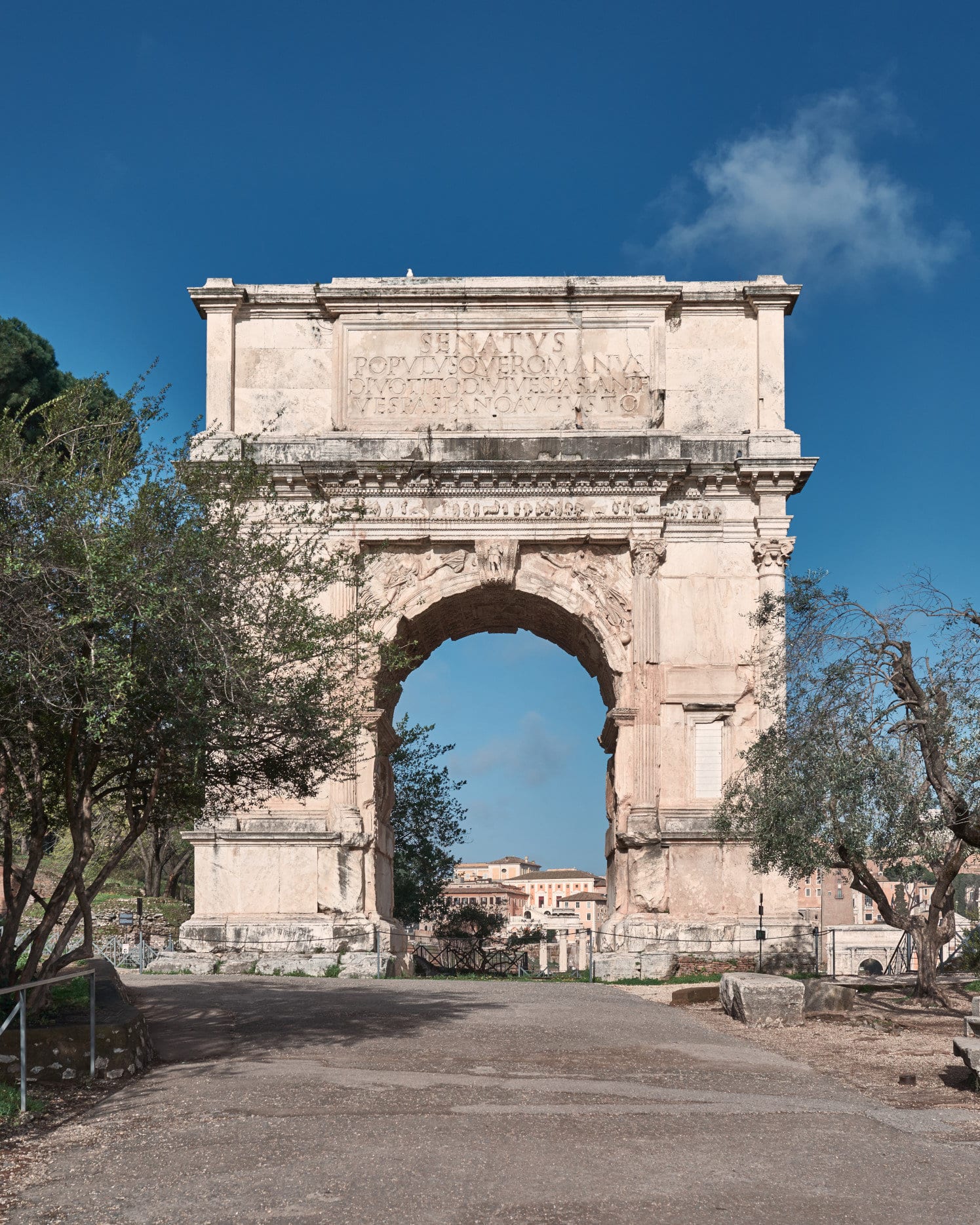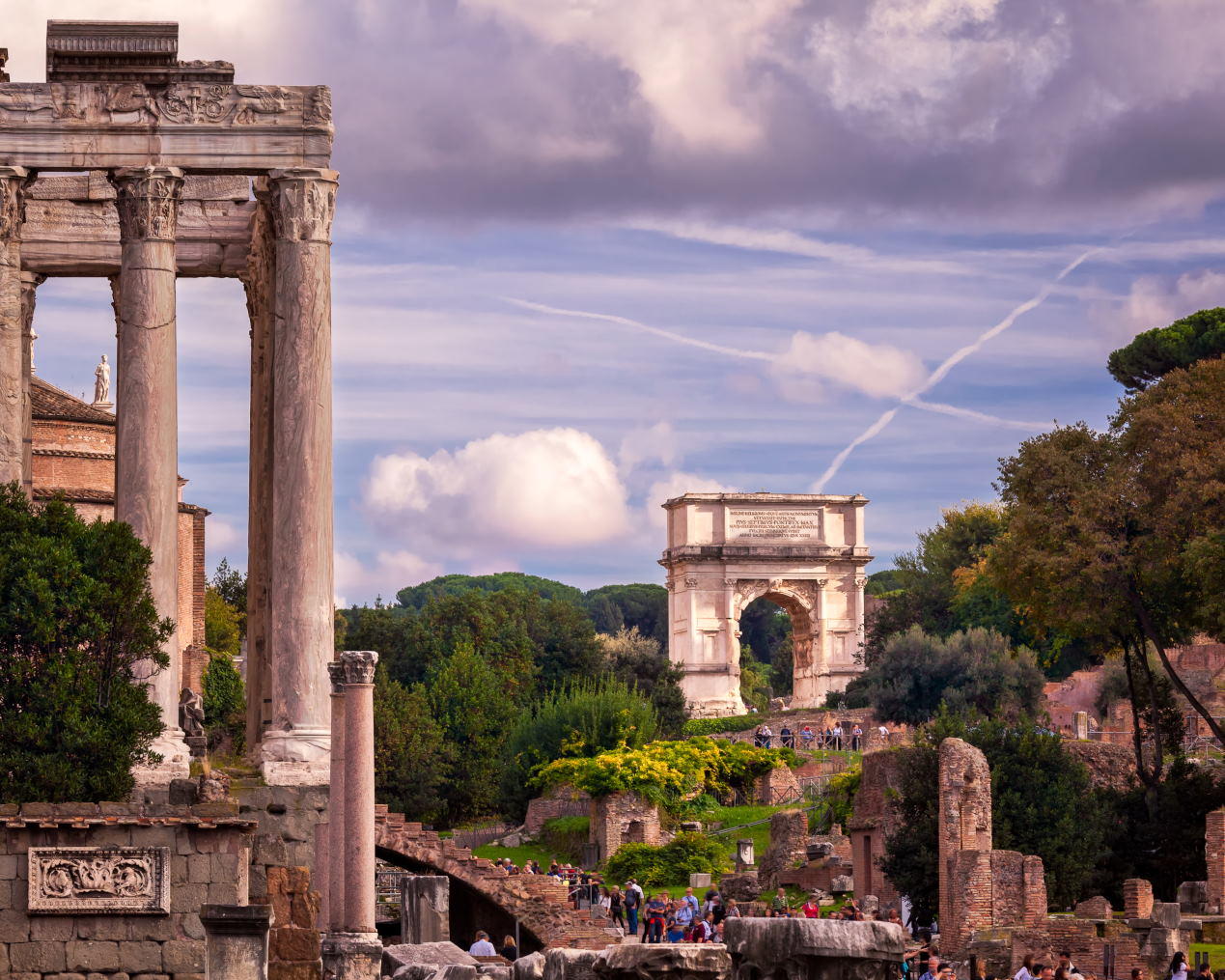

We colored the skin and hair in Mediterranean shades, and the leatherĪnd wood in shades of brown. are green, the color of the laurel leaves thatĬompose them, while the laurel berries are purplish. Reddish-purple worn by people of high status. Off-white - except for the overgarments, which we made a shade of Shown that way on the wall paintings, we decided on a shade of Since military tunics could be wool or linen, and are We colored the sky blue following the mostĬommon color for such things in wall paintings from Pompeii and Would have come with final finishing and the the fading that comes withĮxposure to the sun. Value of the yellow ochre of the menorah, with none of the nuance that The intensity of the pigments as reconstructed is based upon the color However, as Fine explains in a recent article, it wasn't pure guesswork though (my highlighting): Schertz, one of the team members, admits, it isĪ hypothetical and extremely speculative reconstruction Of course, this is just one part of the arch and as Peter J. Source: Coloring in the troubled history of a renowned Roman arch Labels to the three signs held by the Roman victors these labels were They colored the arch (in theįar right of the panel) white, black and gold. The laurel berries purple, the sacred vessels gold, the trumpets Tunics off-white, the overgarments reddish-purple, the wreaths green, They colored the background sky blue, the The team then added color to the rest of the panel-bringing theĪncient scene to life. The Roman victory parade, wherein he describes the menorah as being These results aligned with the Jewish historian Josephus’s account of There's a short video, ArchOfTitus SpoilsPanel 040717 (4m22secs), which the reconstruction team says "chronicles our methods and progress." According to the article The Arch of Titus’s Menorah Panel in Color Traces of yellow ochre were found on the arms and base of the Menorah. UV-VIS spectrometry was employed to detect color on the A Breuckmann GmbH 3D scanner was used for the dataĬapture. High resolution three-dimensional scans of the Menorah and theĭeification reliefs were made, and part of the Menorah relief wasĮxamined to determine whether any traces of paint decoration were Rare artifacts from collections in Italy, Israel and the United States illuminate the monument’s vibrant history, as the Arch itself went from monumentalizing victory to falling into ruination and, eventually, to being restored in the modern era.Last year, a team headed by Steve Fine of the Yeshiva University Center for Israeli Studies in New York which had been examining portions of the arch since 2012 announced: (The replica and projected reconstruction have been developed and produced by VIZIN: The Institute for the Visualization of History together with Neathawk Designs, of Williamstown, MA.) Stretching from the Roman era to the present, The Arch of Titus – from Jerusalem to Rome, and Back explores the image and symbolism of the Arch from various vantage points – from emperors and popes to Jews and Christians, who re-interpreted the meaning of the Arch in modern times. Featured in the exhibition is a life-size carved replica of the existing Spoils of Jerusalem relief panel from the interior passageway of the Arch, based on three-dimensional and polychrome scanning conducted under the direction of Yeshiva University’s Arch of Titus Project in 2012. The Arch of Titus has undergone many physical changes over the course of its long history. Built circa 82 CE, the Arch of Titus preserves sculptural reliefs that depict the sacred vessels of the Jerusalem Temple being carried into Rome by celebrating Roman soldiers, including a seven-branched Menorah, which, since 1949, has been the emblem of the State of Israel.

“The Yeshiva University Museum and YU Center for Israel Studies celebrate the opening of the exhibition, “The Arch of Titus – from Jerusalem to Rome, and Back,” at the YU Museum.

And the Jewish people continue to remain a people yearning for the ultimate redemption.

The Jewish people returned home to Israel. Well, this is definitely unique! Although the Arch of Titus felt like a victory for Rome, in the end, the Jewish people survived. You have got to see the Arch of Titus in New York! Wow. This is one of the coolest pieces of work out there.


 0 kommentar(er)
0 kommentar(er)
